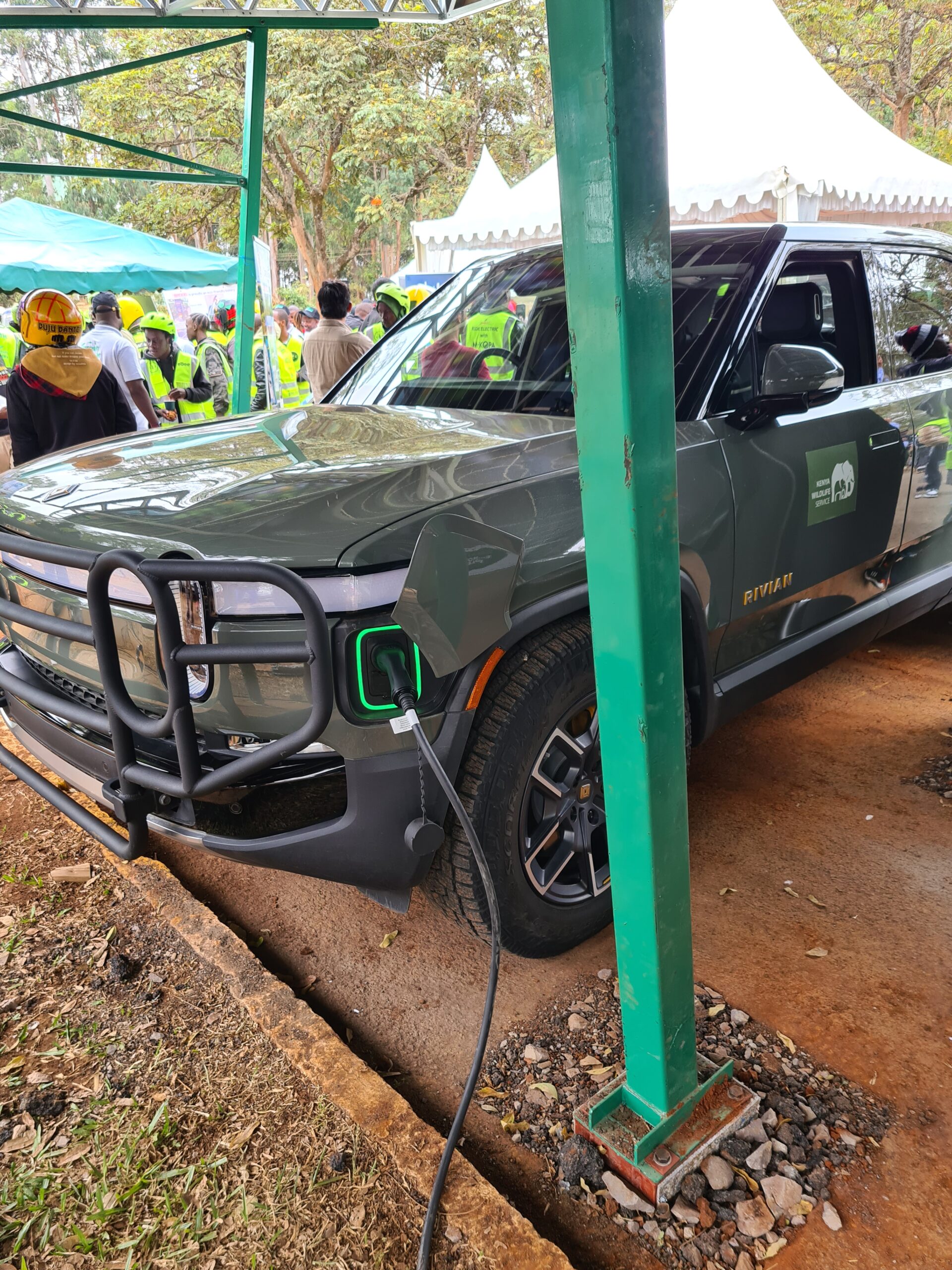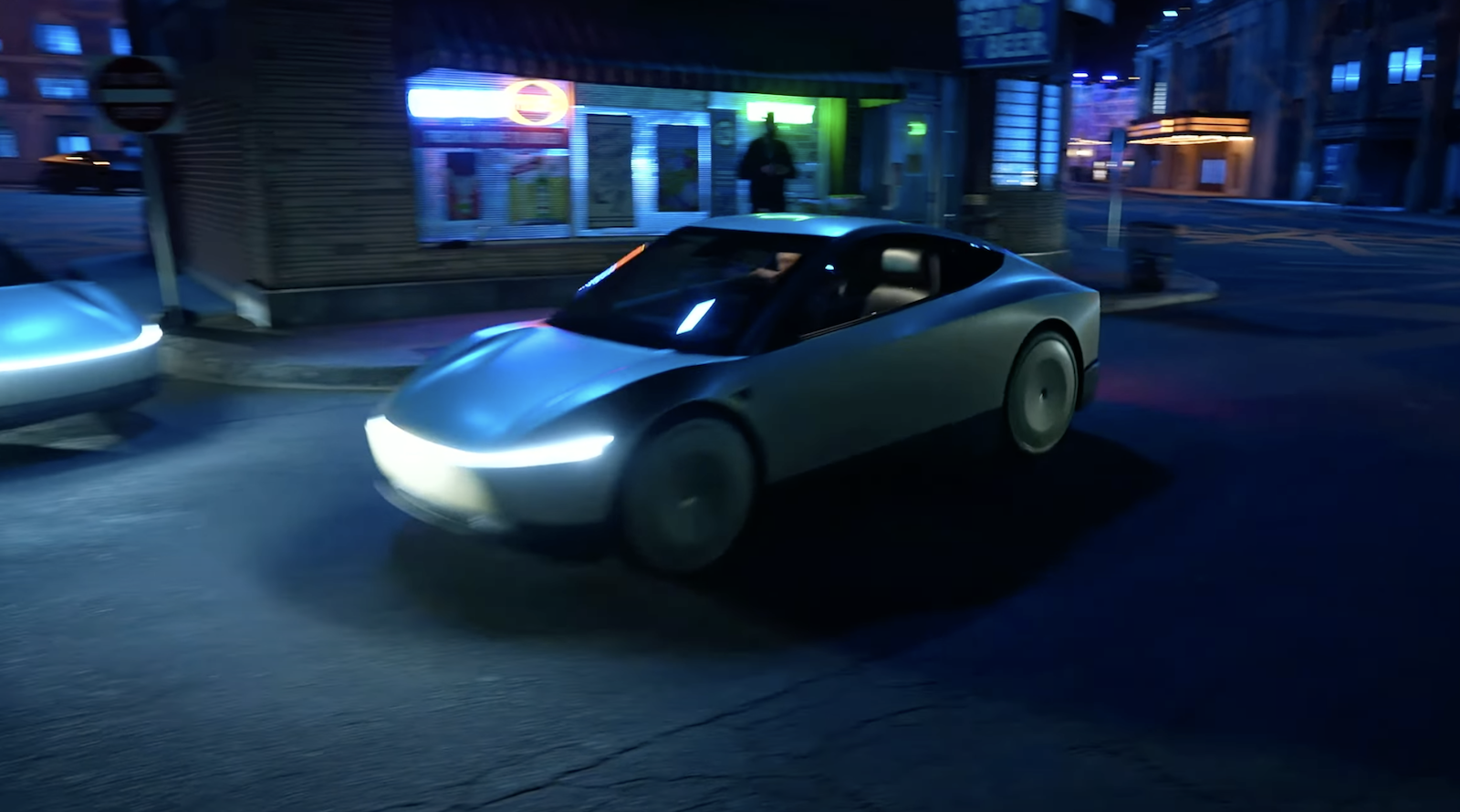Sign up for daily news updates from CleanTechnica on email. Or follow us on Google News!
A right-hand drive Rivian R1T Pickup? Yes, you read that correctly. I was fortunate to get a chance to sit in one and check it out in Nairobi, Kenya. From the information I gathered, this is one of the only ones made so far and this was for a special purpose, joining some of the earlier left-hand drive versions delivered to Kenya last year.
I must say, the Rivian R1T is stunning. It’s a beautiful all-electric pickup built for people to enjoy in both an urban setting as well as off-road. Although sales of brand new vehicles in most African countries are quite low, as imports of used vehicles dominate, the brand new pickup market is actually one of the big contributors of sales and presents a very viable market for makers of pickup trucks to move significant volumes.
A lot of countries on the continent, especially in west and central Africa, drive on the other side of the road, similar to the USA and China, yet most of the countries in southern and east Africa drive just like in England and therefore need right-hand drive models. Therefore, to cater to most of these markets that love pickups, a truck that is available in both left-hand drive and right-hand drive will be very welcome on the African continent. Sitting on the right-hand side of that Rivian R1T got me thinking that we really need more of these pickups in Africa.
The thing is, pickups are big deal in some parts of Africa last year. Over 170,000 brand new pickups were sold on the continent, more than in the whole of Europe. Not as many as in Latin America, in some parts of Asia and in the USA, but 170,000 a year is a good number to attract attention. Just over 100,000 of these brand new pickups were sold in South Africa, where Toyota’s Hilux and the Ford Ranger Pickup are very popular. The Rivian R1T is a similarly-sized pickup truck.
So, Rivian, can we kindly get the R1T Pickup in full production in right-hand drive? I am sure the South African market, plus other markets like Kenya, can take up a significant number of units to justify this. The R1T could land at a bit of a premium in terms of pricing compared to some of the top spec Toyota Hilux and VW Amarok, but I am pretty sure if it was to be offered in pickup-crazy South Africa, the R1T could move some significant units. South Africans love their Bakkies, as they are popularly known as in this part of the world. Of course, the left-hand drive model is already available in the USA, so can we also get those to some left-hand drive markets on the continent?
Why Africa? Well, the R1T is probably one of, if not the only, real off-road capable double cab pickup that is commercially available anywhere on the planet. It has also proven itself in much tougher environments, including in wildlife conservation areas and game parks in Kenya, which means it will be perfectly fine for the odd run to the mall in most places in Africa. A popular joke here in Africa, as a lot of pickup buyers here really just use them for urban driving on perfectly paved roads to do their school and shopping center runs. For real though, a lot of pickups are used on farms and on mining campuses as well, and by people in the trades industry (solar installers, plumbers, and other areas). These people tend to buy Toyota Hiluxes and Ford Rangers, etc. Given the R1T’s good range and excellent off road capabilities, and the growing charging networks in South Africa and Kenya, for example, this all-electric truck could be a game-changer if introduced on the continent. Of course, a lot of the volume buyers like mining and construction firms tend to operate around campus environments where fleet charging is pretty straightforward, and therefore this will be an even simpler transition for them.
Another reason to consider entering some African markets as soon as the production ramp-up allows, and make these their first markets after the USA in significant volumes, is that the volumes of new pickup sales in South Africa, for example, present a good addressable market for which they can target a decent market share to go electric, and also present an opportunity to carefully manage the ramp-up of export volume of the R1T pickup. The volumes here will be easier to manage during the ramp-up than other places that sell say 900,000 units per year ,where even targeting a 10% share will mean 90,000 units. Targeting a 10% share in South Africa will mean about 10,000 units a year, which would be a more managed ramp-up of export plans.
I really hope Rivian puts these African markets as a priority for the next markets after the USA. The good thing is that Rivian will already have a good indication of how its trucks will perform in some of the harsher environments from the units that it already has on the ground in Kenya. Other applications, such as for farmers and mining firms, will therefore be lighter exercise for the R1T.
Images by Remeredzai in Nairobi, Kenya.
Have a tip for CleanTechnica? Want to advertise? Want to suggest a guest for our CleanTech Talk podcast? Contact us here.
EV Obsession Daily!
I don’t like paywalls. You don’t like paywalls. Who likes paywalls? Here at CleanTechnica, we implemented a limited paywall for a while, but it always felt wrong — and it was always tough to decide what we should put behind there. In theory, your most exclusive and best content goes behind a paywall. But then fewer people read it!! So, we’ve decided to completely nix paywalls here at CleanTechnica. But…
Thank you!
Tesla Sales in 2023, 2024, and 2030
CleanTechnica uses affiliate links. See our policy here.






